International
Israel withdraws from more neighborhoods of Gaza City, leaving dozens of corpses in its path
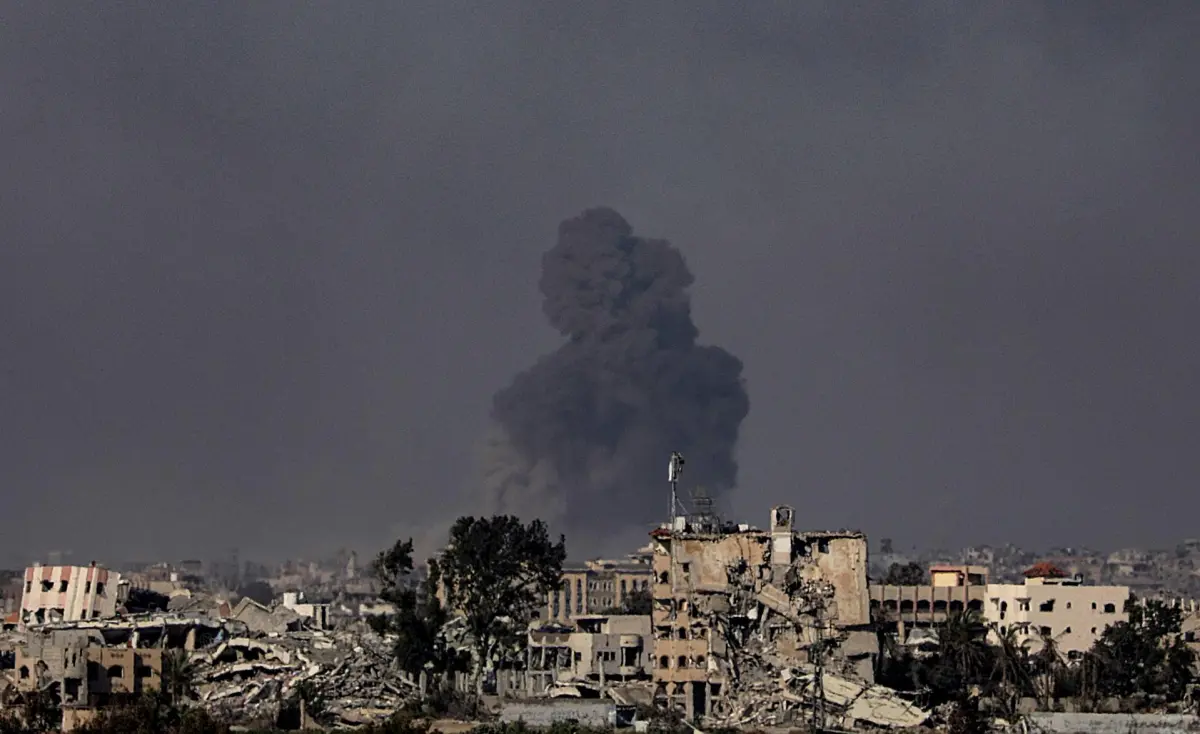
The Israeli Army withdrew from more neighborhoods of Gaza City, leaving dozens of corpses in its wake, according to the Civil Defense of the enclave, which in the Tal al Hawa area alone recovered about 60 bodies.
According to the group, Israeli troops withdrew today from the neighborhoods of Tal al Hawa and Rimal, and also from the headquarters of the UN agency for Palestinian refugees (UNRWA) in the Gaza capital, where Israel is holding a new offensive to try to prevent Hamas militiamen from regrouping.
Only yesterday, the rescue teams of the Civil Defense recovered another 60 corpses from the Shujaiya neighborhood, a bastion of the Islamist group in the Gaza capital that has become totally uninhabitable after the passage of Israeli soldiers, who left it on the night of Wednesday to Thursday.
This Friday, the Army announced that during its operations in Shujaiya it managed to eliminate the deputy commander of the Hamas battalion in the neighborhood, whom it identified as Ayman Showadeh.
According to Israel, Showadeh participated in the planning of the October 7 attacks and led numerous attacks against Israeli troops throughout the war in Gaza.
The Army also assured that during its attacks in Shujaiya it eliminated more than 150 alleged militiamen, including a commander identified as Ubadah Abu Heen, to whom it attributed an “important role” in the fighting in Gaza.
More than 38,300 people have already died throughout the Strip, according to the latest figures from the Ministry of Health of the enclave, controlled by Hamas, and it is estimated that thousands of bodies are still buried under the rubble.
Meanwhile, the Israeli Army maintains a tough offensive in Rafah, the southernmost town in the Gaza Strip, where on the last day the troops “have eliminated numerous terrorists in short-range combat and air strikes, and dismantled terrorist infrastructure in the area,” according to a military statement.
Israel also assured that its forces have located an arms production workshop and a large amount of funds “used in terrorist activities” in the center of the devastated Palestinian enclave, in addition to several militiamen who were eliminated.
In the midst of negotiations to reach a ceasefire agreement in the devastated Strip, which are at its most promising point in recent months, the Israeli Prime Minister, Benjamin Netanyahu, denied that the Army will leave the so-called Philadelphia corridor, located in Rafah and which runs the border of Gaza with Egypt.
“The Prime Minister insists that Israel will remain in the Philadelphia corridor. These were his instructions to the negotiating teams, and this is what he communicated to the representatives of the United States this week and to the Government last night,” the Office of the Prime Minister of Israel said in a statement.
Netanyahu thus responded to information published today by the Reuters news agency indicating that Israeli and Egyptian negotiators would be negotiating an electronic surveillance system that allows Israeli troops to leave the border in case of reaching a ceasefire agreement with Hamas.
The Islamist group, for its part, accused the Israeli president of introducing new demands in the negotiations for a ceasefire, which shows that he is “procrastinating, looking for what will make the agreement fall,” according to a message from the member of the political bureau of Hamas Izzat al Risheq.
The group also insisted that managing the Gaza Strip after the war is an exclusively Palestinian matter, and confirmed that it has proposed that a single government, national and non-partisan, take control of the enclave next to the occupied West Bank.
Israel took control of the Philadelphia corridor in early May and since then controls the area, which includes the Rafah border crossing to Egypt, through which much of the humanitarian aid previously entered Gaza and which remains closed since the entry of Israeli troops into the town.
For Israel, controlling that border – in which they claim to have found at least 20 tunnels – is very important because it is the main source of arms smuggling that for years has served for the entry of Hamas weapons.
International
Chile enters runoff campaign with Kast leading and Jara seeking a last-minute comeback
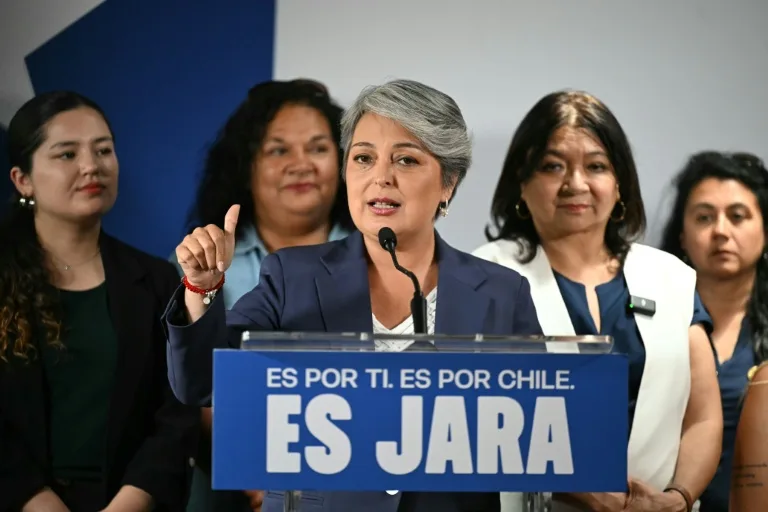
Chile’s presidential runoff campaign for the December 14 election kicked off this Sunday, with far-right candidate José Antonio Kast entering the race as the clear favorite in the polls, while left-wing contender Jeannette Jara faces an uphill scenario, hoping for a comeback that some experts describe as “a miracle.”
The final polls released in Chile—published before the mandatory blackout on survey dissemination—give Kast, an ultraconservative former lawmaker running for president for the third time, a lead of between 12 and 16 points. His opponent, the communist former minister in Gabriel Boric’s current administration, is weighed down not only by the government’s low approval ratings but also by a fragmented electorate.
Although Jeannette Jara received the most votes in the first round with 26.9%, her lack of alliances beyond the left makes it difficult for her to expand her support. Kast, who secured 23.9%, has already brought key figures on board: ultralibertarian Johannes Kaiser (13.9%) and traditional right-wing leader Evelyn Matthei (12.4%), both now backing his candidacy.
Analysts note that although Kast’s support base consolidates more than 50% of the electorate, it does not guarantee an automatic transfer of votes. Populist economist Franco Parisi, who placed third with 19.7%, emerges as the major wildcard. His party, the People’s Party (PDG), is set to decide this Sunday through an internal consultation whether to endorse one of the two finalists.
International
Trump says asylum decision freeze will remain in place “for a long time”

U.S. President Donald Trump warned on Sunday that the suspension of decisions on asylum applications—implemented as part of his order to “halt” immigration from third-world countries following Wednesday’s shooting in Washington—will remain in effect “for a long time.”
The president declined to specify how long the freeze, imposed last Friday by the U.S. Citizenship and Immigration Services (USCIS), would last. The suspension affects individuals waiting for an asylum ruling from that agency, though it does not apply to cases handled by U.S. immigration courts.
The delay is part of a series of measures enacted by the Trump Administration after a shooting on Wednesday in which an Afghan national allegedly opened fire on the National Guard in Washington, D.C., killing one officer and leaving another in critical condition.
Trump has ordered a permanent halt to immigration from 19 countries classified as “third-world.” He also indicated on Sunday that “possibly” more nations could be added to the list.
“These are countries with high crime rates. They are countries that do not function well… that are not known for success, and frankly, we don’t need people from those places coming into our country and telling us what to do,” Trump said, adding: “We don’t want those people.”
USCIS had already announced on Thursday a “rigorous review” of green cards held by migrants from 19 “countries of concern,” including Afghanistan, Cuba, Venezuela, and Haiti.
International
Sri Lanka and Indonesia deploy military as deadly asian floods kill over 1,000
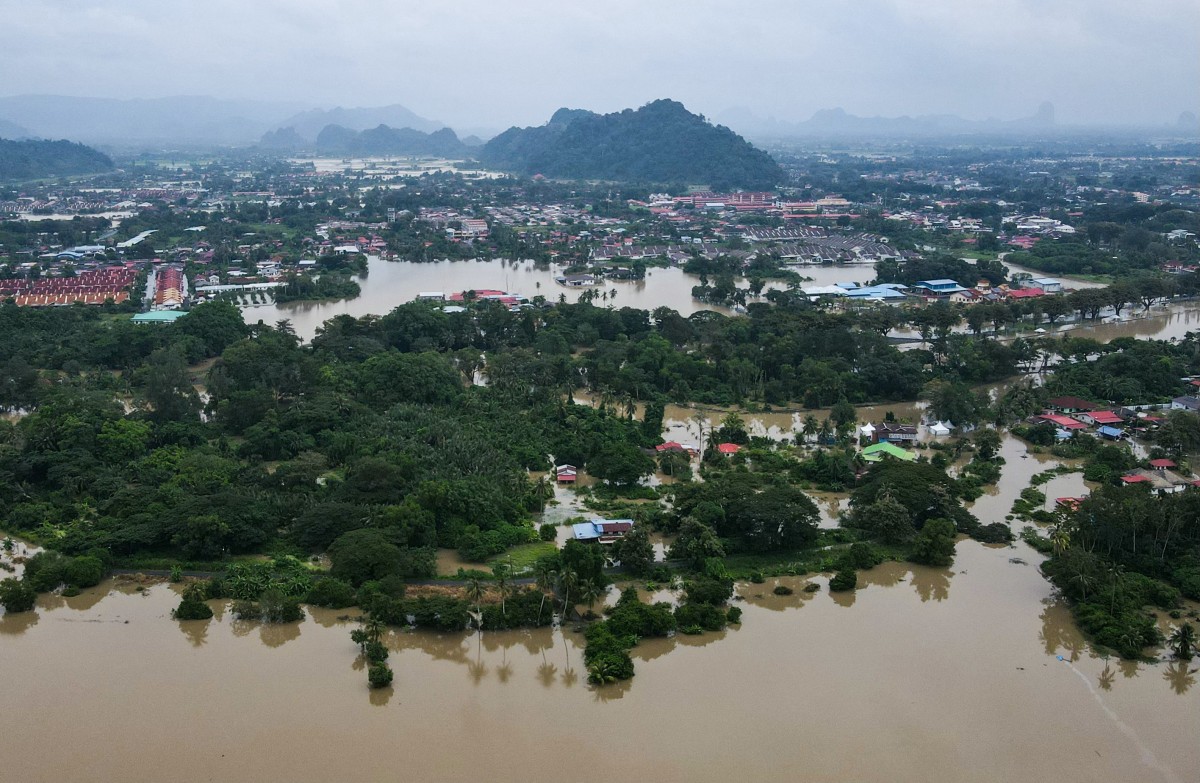
Sri Lanka and Indonesia deployed military personnel on Monday to assist victims of the devastating floods that have killed more than a thousand people across Asia in recent days.
A series of weather events last week triggered prolonged torrential rains across Sri Lanka, parts of Indonesia’s Sumatra island, southern Thailand, and northern Malaysia. Indonesian President Prabowo Subianto said Monday in North Sumatra that “the priority now is to deliver the necessary aid as quickly as possible.”
“There are several isolated villages that, with God’s help, we will be able to reach,” he added. Subianto also stated that the government had deployed helicopters and aircraft to support relief operations.
Floods and landslides have claimed 502 lives in Indonesia, with a similar number still missing.
This marks the highest death toll from a natural disaster in Indonesia since 2018, when an earthquake and subsequent tsunami killed more than 2,000 people.
The government has sent three military ships carrying aid and two hospital vessels to the hardest-hit regions, where many roads remain impassable.
In the village of Sungai Nyalo, located about 100 kilometers from Padang, the capital of West Sumatra, floodwaters had receded by Sunday, leaving homes, vehicles, and crops coated in thick mud.
-
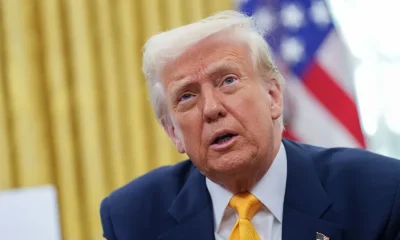
 Central America3 days ago
Central America3 days agoTrump Pardons Former Honduran President Hernández and Warns of Aid Cuts Ahead of Election
-
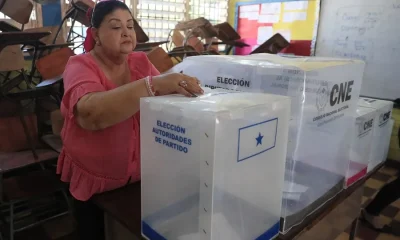
 Central America1 day ago
Central America1 day agoHonduras Extends Voting by One Hour Amid High Turnout, CNE Announces
-
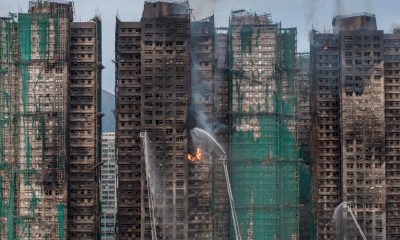
 International18 hours ago
International18 hours agoHong Kong police arrest 13 over deadly high-rise fire that killed 151
-
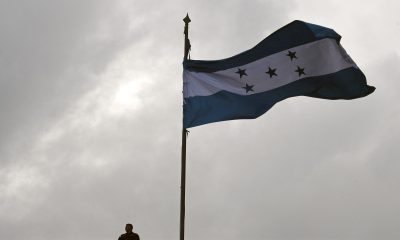
 Central America2 days ago
Central America2 days agoHonduras’ China–Taiwan Future Hinges on Sunday’s Presidential Election
-

 International3 days ago
International3 days agoMeta Says Russia Seeks to Ban WhatsApp for Defending Secure Communication
-
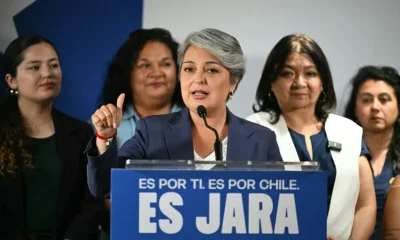
 International17 hours ago
International17 hours agoChile enters runoff campaign with Kast leading and Jara seeking a last-minute comeback
-
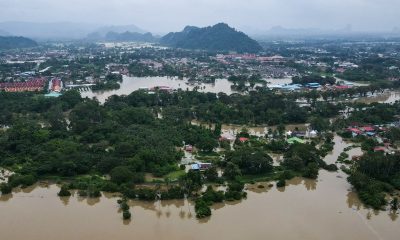
 International17 hours ago
International17 hours agoSri Lanka and Indonesia deploy military as deadly asian floods kill over 1,000
-

 International17 hours ago
International17 hours agoTrump says asylum decision freeze will remain in place “for a long time”






























